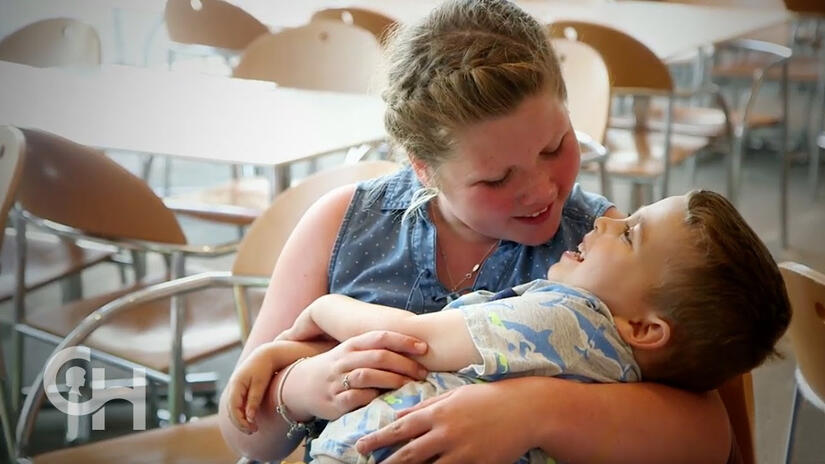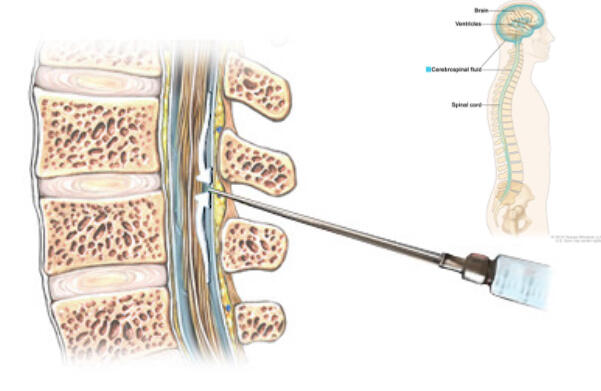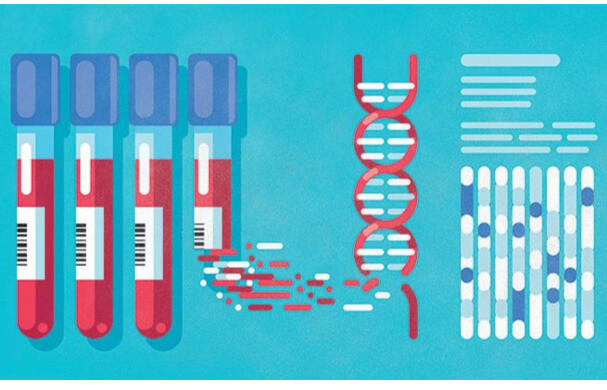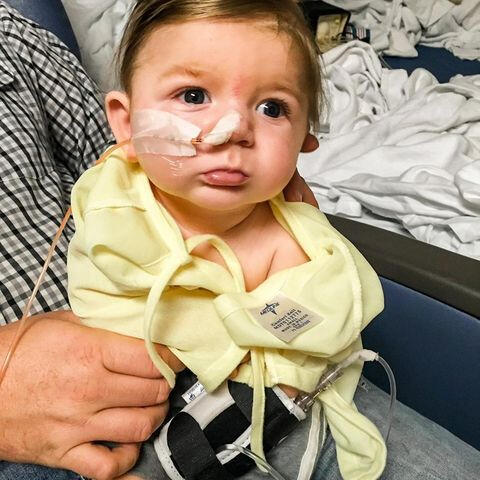
Aicardi-Goutières Syndrome is identified as a rare genetic disease that affects less than 200,000 individuals in the United States.
What is AGS?
Aicardi-Goutières Syndrome (AGS) is an inherited disease that mainly affects the brain, immune system and the skin.
AGS is a type of leukodystrophy. It is one of the rare genetic disorders that affect the brain's white matter.
AGS damages what surrounds and protects the nerve cells in the brain and spinal cord, impacting the transmission speed of messages between cells.
By targeting the white matter, the body's immune system becomes self-destructive and usually results in severe mental and physical impairments.
What causes AGS?
AGS is caused by a mutation in a small group of specific genes.
This mutation leads to a buildup of DNA in the brain, which is believed to trigger the immune response and produce symptoms of AGS.
In most cases, AGS is an inherited disease that only occurs through an autosomal recessive pattern of inheritance.

Both parents carry the genetic mutation, and the child will inherit one gene from each parent.
If only one copy of a gene's pair has a mutation, then the child will be a carrier of AGS. They will not present symptoms of the disease.
When two carriers have children together, the odds are 1 in 4 that any child they produce will have AGS.
Forms of AGS
The early-onset of AGS affects 20% of diagnosed infants and has the highest risk of death.
Symptoms for early-onset AGS include:
• Neurological and liver abnormalities at birth
––> Enlarged liver or spleen
––> Elevated liver enzymes
• Smaller head size
• Seizures
• Skin rashes
Infants with the late-onset of AGS begin experiencing symptoms after the first weeks or months of normal development. Compared to individuals with the early-onset form, children with the late-onset of AGS experience less of an impact upon their neurological function.
Symptoms for late-onset AGS include:
• Intermittent, unexplained fever
• Irritability or inconsolable crying
• Feeding difficulties
• Skin problems
––> Rashes
––> Lesions
––> Swelling on the fingers, toes, and ears (worsen in the cold)
• Weak or stiffened muscles
• Decline in head growth
• Developmental delays
• Seizures
How is AGS diagnosed?
Diagnosis of Aicardi-Goutières Syndrome is made based on the physical symptoms, imaging of the brain, cerebrospinal fluid testing and the results of genetic testing.

Magnetic resonance imaging (MRI) of the brain is a key diagnostic tool of AGS.
An MRI can detect patterns in the brain tissue that are characteristics of AGS. When analyzing the MRI, the doctor will look for areas of calcium buildup and shrinking of unusually small areas of the brain.

Cerebral spinal fluid (CSF) testing can reveal an increase in immune system activity.
Although CSF testing is not used to directly diagnose AGS, it can be combined with other tests and results to determine a more specific diagnosis for AGS. If the CSF testing yields positive results, the medical team will look for other signs of AGS within the child.

Genetic testing can identify changes in one of the genes known to be associated with AGS.
Similar to CSF testing, genetic testing is not a sole determinant in diagnosing AGS. Doctors analyze a blood sample and combine their observations with other tests to establish a diagnosis of what type of AGS a child has.
How is AGS treated?
There is no known cure for AGS. However, treatment is available to manage symptoms and help keep children comfortable.
Since children with AGS present different symptoms, each child's treatment plan is unique.

While some children may need treatment for respiratory problems, others may need support with feeding. Seizures may be managed with standard anticonvulsant medications.
Children with AGS should also be monitored for:
• Signs of glaucoma (with a yearly test)
• Diabetes insipidus and underactive thyroid
• Specific problems with the heart and lungs
––> Pulmonary hypertension
––> Inflammatory cardiomyopathy
• Problems with blood cells
• Problems with the blood vessels of the brain
• Gradual problems with the bones
––> Scoliosis
––> Dislocated joints
Sources
Children's Hospital of Philadelphia
NIH Genetic & Rare Diseases Information Center
NIH National Institute of Neurological Disorders & Stroke
This page was created by the AGS Awareness Organization.
The AGS Awareness Organization is a student-led initiative committed to raising public awareness and funding for research in support of new treatment methods and a cure for AGS.
Founded in loving memory of Eli Manus, we are guided by the angels who graced this earth with their beauty, strength, and resilience.